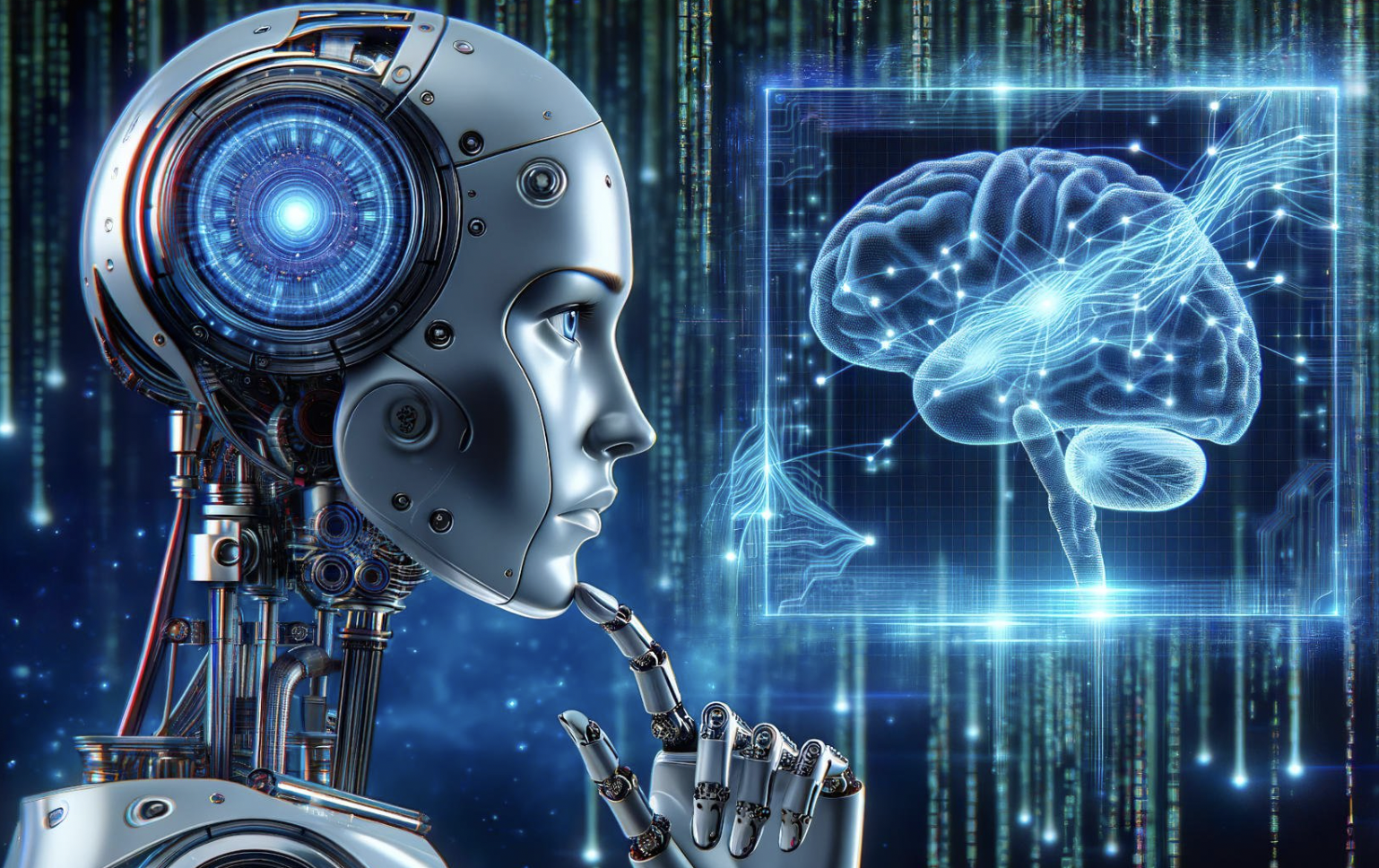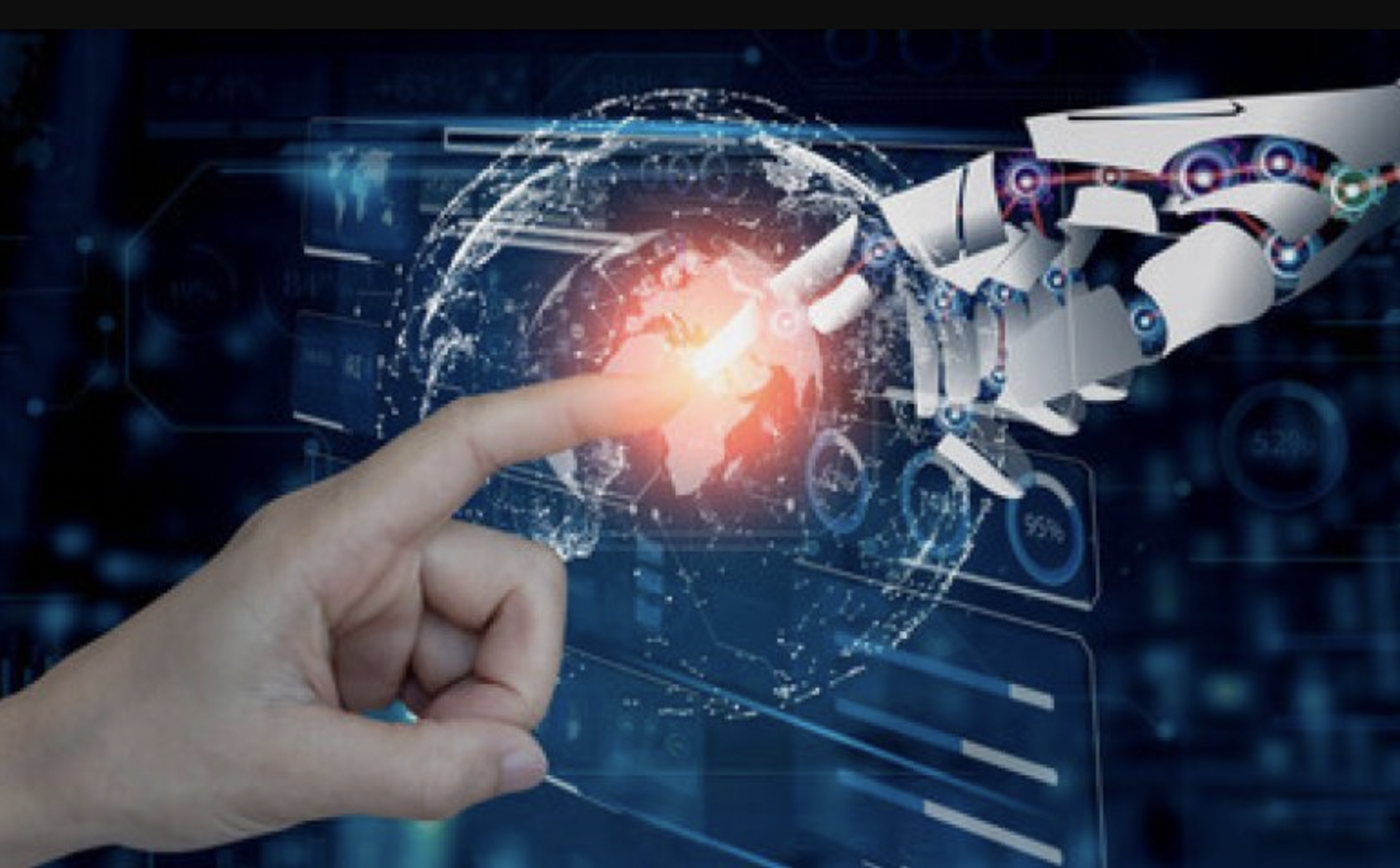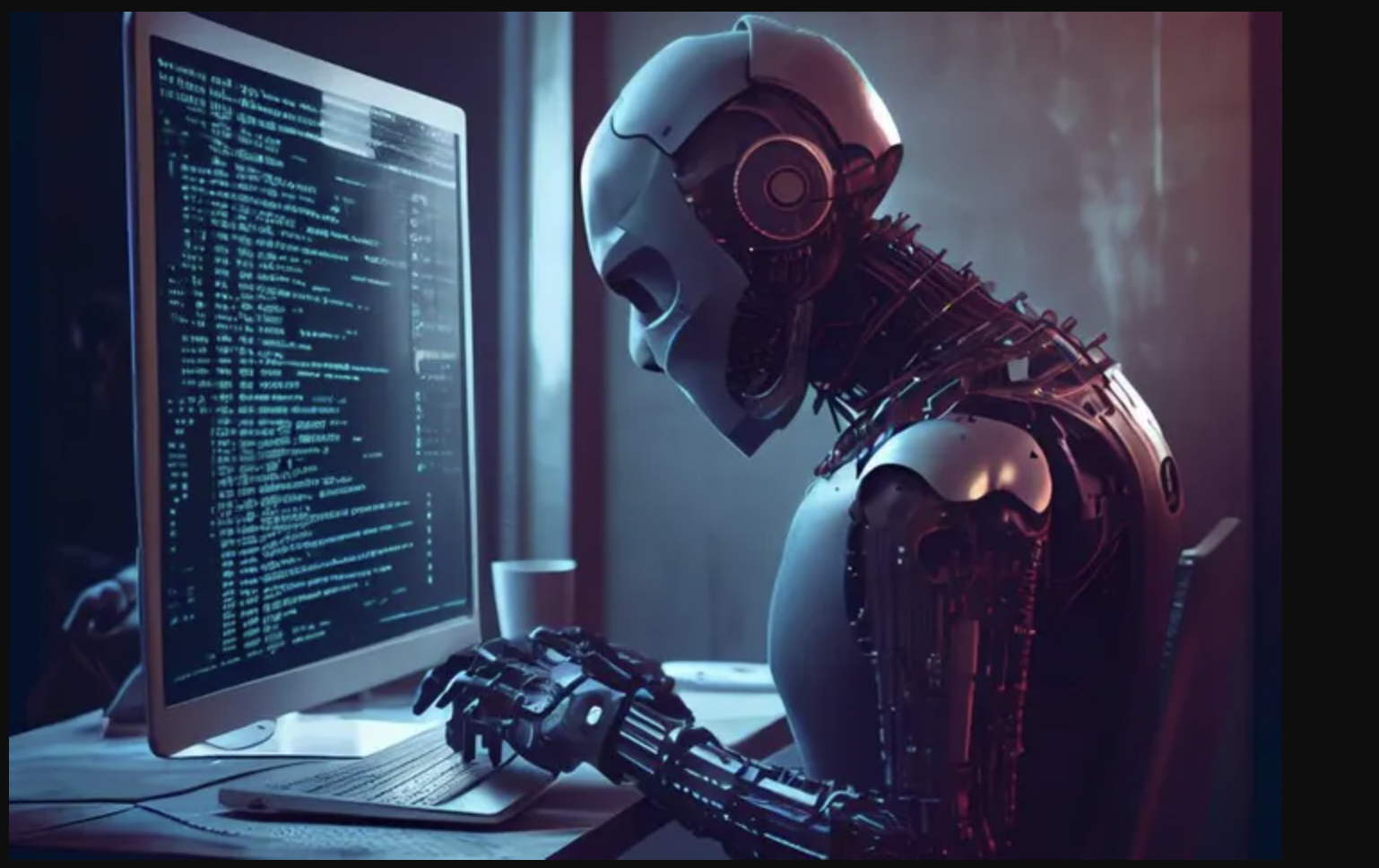Artificial Intelligence: Let’s start with a page from an episode of South Park that achieved the impossible: it was created entirely by artificial intelligence. Given that the use of artificial intelligence in film and television has been an issue during the extended Writers Guild of America strike and in light of the tentative agreement between the WGA and Hollywood film producers, I hope some of you will oppose this. It is said that the future of entertainment will be one in which artificial intelligence takes care of many creative tasks, transforming the industry. This is not science fiction. This is a reality that we must acknowledge and accept.

In the past, our machine-controlled characters interacted with each other using heavy, pre-programmed behaviors and constant gestures. However, gamers in the future world of entertainment will soon be able to improvise their own scenarios to meet higher standards and storytelling goals created by artificial intelligence. However, we must understand that not everything is dystopian and dark. Roles and responsibilities are likely to change, not only with aging jobs, but also with a range of opportunities for true collaboration between human and machine developers. Today’s writers may become tomorrow’s AI whisperers, and animators may evolve into AI art directors.
Here’s how and why.
…intelligence and bot intelligence?
In their research paper titled To Infinity and Beyond: SHOW-1 and Showrunner Agents in Multi-Agent Simulation, lead developers from San Francisco-based Fable Studios (a virtual and augmented reality company) present a method for creating and layering AI content. A new method is described. proposed the premise of a futuristic Hollywood – where decentralized AI teams, acting as both writers and animators, carry out the orders of an AI showrunner at a high level. Their cutting-edge technology has the potential to revolutionize creative processes such as writing, animation and visual effects – but the question is whether it will lead to artificial entertainment that truly captures comedy, tragedy and the full spectrum of human emotion. Getting to understand the experience Can bots bring down your house with intelligence and wit instead of cold calculation?
Like clever casino card sharks, the Show-1 team stacks the deck in their favor. But maybe that’s not the best metaphor. They share the efforts of choreographers and theater technicians to stage quintessential Vegas dance routines, overcoming obstacles and balancing them with an ability that will amaze any Busby Berkley fan. And if you don’t know it, Berkley was an American film director and musical choreographer who created elaborate numbers for musical productions that often included complex geometric patterns.

In any case, researchers have developed two types of AI agents, called showrunner agents and show-1 agents, respectively. The first step into the role of directors, abstract, broad-based goals and creative constraints without delving into details. He is the Steven Spielberg of the AI world. SHOW-1 agents are essentially worker bees, i.e. actors who achieve the goals set by the performers. Show-1’s neat group of artists embarks on their journey with more autonomy than puppets on strings. But thanks to test simulations, they can get a taste of thinking on their own feet.
To better understand this image, imagine a warehouse full of moving boxes. The showrunner sets the desired box configuration as a creative goal, and SHOW-1 agents work independently to develop rules for effectively rearranging the boxes through deep reinforcement learning – based on rewards. Their only guide – secret pixel patterns created by artists in search of an avant-garde vision. It’s a bit like a group of improvising actors creating a scene together.
By running agents through these simulations over time and then recording observations of their behavior, training data can be obtained. Each SHOW-1 agent is trained independently, but knowledge can be transferred between agents, and collective behaviors emerge from interactions among multiple agents. In addition to boxes, some experiments introduced supporting and hindering measures to increase complexity. Again, to further shape emergent behavior, performers can limit the actions available – placing limits on what SHOW-1 can do.
The results show that decentralized SHOW-1 agents can learn rules for efficiently rearranging boxes according to patterns provided by performers both individually and collectively. They basically act like the cybernetic Borg from Star Trek, sharing a common mind and working together, but have individual personalities that can add depth to the character if they match the director’s intentions. The innovators at Fable Studio propose implementing all this in continuous learning scenarios with customizable borgs, er, I mean… agents… that can learn and expand their skills.
What does this mean for the entertainment industry?
When it comes to writing and creating stories, this potentially opens up huge new creative perspectives. Imagine AI giving viewers plot clues and allowing a team of AI agents to fill in details like dialogue and scene descriptions. Suddenly, one flesh-and-blood person could control an entire room of digital writers, creating and setting theme, desired storylines and outcomes, and high-level creative goals. AI agent policy teams can be trained to create intermediate details – dialogues, descriptions, etc. – that advance these goals.
Now consider the field of animation and visual effects. By directing swarms of AI agents, contractors can automate complex tasks such as character movement, environmental modeling, and asset creation. While we still have a long way to go to match the emotional depth and creative intuition of human artists, we will eventually do it and it will revolutionize the industry.
If you have a few minutes, I recommend checking out the AI Agent/South Park example I mentioned at the beginning of this article. You can view it in its entirety or quickly scan it. Either way, I’ll be here and I’ll see you on the other side.

Deepfake artificial intelligence effects in video and audio generation
When AI complements existing deepfake technology, we can see amazing results. Photo showrunner agents define cast, scenes, speech content and more, show-1 agents provide raw video, audio and overlays. Result? Too realistic, anthropomorphic media is so fascinating that it can make you question your own reality.
Of course, this comes with a lot of controversy. Legal and ethical dilemmas arise around consent, equality rights, misinformation, and more. However, when implemented correctly, AI can redefine generated media by removing traditional costs and barriers. So what will happen to our work? Although we will probably see changes in the labor market, there is no reason to panic. The innovations we’re talking about could actually create new roles in the industry. Writers can become AI-powered story architects, designing overarching narrative structures and plot points that the AI can follow. Meanwhile, animators can become AI artistic supervisors, shaping the aesthetic constraints for the AI and ensuring that the results are consistent with their artistic vision. Similarly, audio engineers can evolve into AI audio designers who can guide the audio landscape for AI. And let’s not forget about the emergence of new positions, such as AI ethics officers, who are responsible for ensuring that AI-generated content complies with ethical standards, or AI-generated content, disinformation and unclassified content moderators. They can compete, they provide protection against
Artificial intelligence is not intended to drive humans out of Hollywood, but rather encourages a shift in roles and responsibilities. This opens up an exciting frontier with enormous opportunities for innovation, but like any tool, it must be used responsibly. As these AI systems are developed, we must ensure that they are used ethically and for the benefit of society, prioritizing creativity and human well-being over purely economic incentives.
What if I go ahead and create a new position for myself, which I did earlier in this article. Are you ready…?
